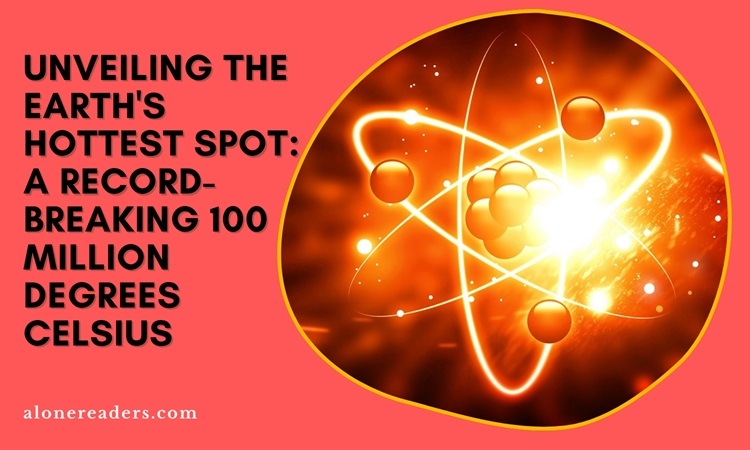
In 2022, a groundbreaking achievement was made in the field of nuclear fusion. A fusion reactor in South Korea reached an astonishing 100 million degrees Celsius, a temperature seven times hotter than the sun's core. This incredible feat not only represents a significant advancement in fusion technology but also marks a pivotal moment in humanity's quest for clean and sustainable energy sources.
The concept of nuclear fusion has long been a subject of fascination and research. It's the process that powers the stars, including our sun. In the sun's core, hydrogen atoms merge to form helium, releasing an immense amount of energy in the process. Replicating this on Earth has been a goal of scientists for decades, as it promises a nearly limitless source of clean energy.
The development of nuclear fusion reactors is a testament to human ingenuity and technological progress. From the early days of fire control in ancient times to the sophisticated machinery of today, our understanding and manipulation of high-energy processes have evolved dramatically. Fusion reactors aim to mimic the conditions at the center of stars, requiring extreme temperatures to overcome the natural resistance of particles and allow them to fuse.
In this pursuit, the South Korean fusion reactor made headlines by reaching temperatures of 100 million degrees Celsius. This achievement is not just a scientific marvel; it's a beacon of hope for a future powered by clean, renewable energy. The reactor achieved this temperature for a brief 30 seconds, creating a 'small star' on Earth, the hottest spot ever recorded on our planet.
This milestone is a crucial step forward in fusion research. The high temperatures are necessary for sustaining the fusion reaction, where lighter atoms combine to form a heavier nucleus, releasing energy in the process. This energy, once harnessed, has the potential to transform our energy systems, offering a clean, efficient, and sustainable alternative to fossil fuels.
Looking ahead, the International Thermonuclear Experimental Reactor (ITER) is set to become operational in 2025. This reactor, the largest of its kind, is expected to reach temperatures exceeding 150 million degrees Celsius. Such advancements in fusion technology are not just about breaking records; they are about solving some of the most pressing challenges facing humanity today, including climate change and energy scarcity.
Fusion energy, unlike fossil fuels, produces minimal waste and no greenhouse gas emissions. It's a form of energy that can meet our growing demands without compromising the health of our planet. The fuel for fusion, primarily isotopes of hydrogen like deuterium and tritium, is abundant and can be sourced from water and lithium, making fusion a truly sustainable energy solution.
Despite its immense potential, nuclear fusion is not without its challenges. The technology required to sustain such high temperatures and control the fusion reaction is complex and expensive. Achieving a sustained and controlled fusion reaction that produces more energy than it consumes remains a significant hurdle.
However, with each advancement, we move closer to making fusion energy a reality. The progress in fusion research is a collaborative global effort, with countries and scientists around the world contributing to this monumental task. As technology advances and our understanding of fusion deepens, the dream of a clean energy future becomes increasingly attainable.
The achievement of the South Korean fusion reactor is more than a scientific accomplishment; it's a symbol of hope and a stepping stone towards a sustainable future. As we inch closer to realizing the potential of nuclear fusion, we are also paving the way for an era of clean, abundant energy. The journey to harnessing the power of the stars is not just about reaching high temperatures; it's about igniting a brighter future for generations to come.